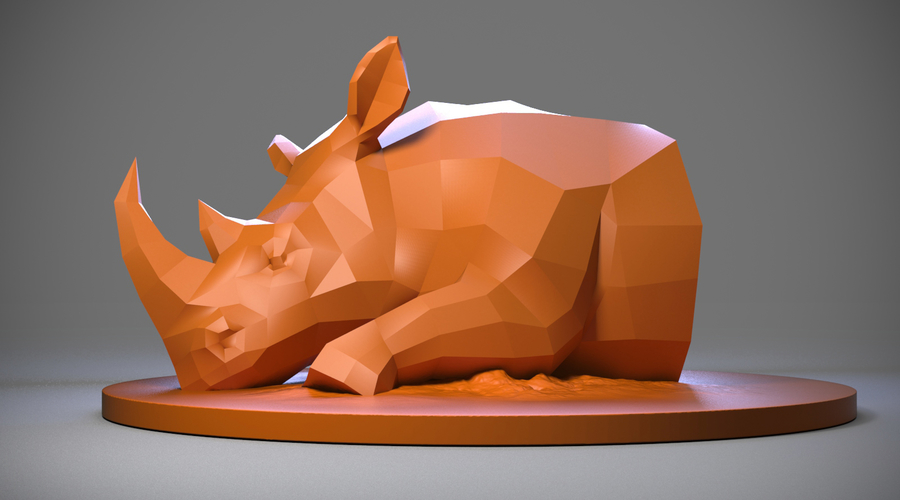

Quickprint allows you to choose a material, profile, platform adhesion aid and also toggle support material on and off. Most sliced gcode files will be between 5MB and 15MB, so anything over 1GB should work fine.īefore we get started, you’ll need to download both your 3D model as well as the slicer software for your 3D printer.Ĭreality Slicer offers two modes for slicing. microSD Card: The Ender 3 Pro includes an 8GB microSD card for transferring files, but some printers include a USB drive.We’ll be using Creality Slicer for this article, but most slicing apps offer similar features and the basic principles are the same.

Slicing Software: In order to print your model, you’ll need to convert it from a solid 3D model to a series of slices that can be printed using an app called a slicer.However you can also download STL files from sites such as Thingiverse. 3D Model: The 3D Benchy is an ideal first print for your 3D printer it offers a calibration test and is a fun model in a single print.Filament: PLA is one of the most commonly used materials on the Ender 3, and in this article we’ll be using Begonova branded material.If you need to choose, see our list of best 3D printers. However, other filament-based (aka FDM) printers should work similarly. 3D Printer: We’re using the Creality Ender 3 Pro, a solid entry-level 3D printer.If you’re never 3D printed before, this is a great way to get started. Nevertheless its always a good practice to repair your mesh before having it manufactured.Below, we’ll show you how to print a typical STL file on a typical FDM printer, though no matter what device you use, the basic steps should be similar. If the Boundary edge is small, it will likely not result in a catastrophic error when printing. When an edge is connected to only one face, the mesh is not solid and essentially contains a hole. Common Mesh Errors Boundary Edgesīoundary edges are detected by our quotation engine's Printability Analysis if the model contains edges that are connected to only one face. Viewing STL on your operating software can also be helpful to choose a desired Angle and Deviation tolerance that best matches your parts metric and file sizes. To view these settings- open your generated STL file and take a look. We recommend using the setting that utilizes both tolerances at first- then adjust and change as you as your project fits. Deciding the Deviation and Angle for your STL file can have its challenges as every geometry has its best setting for it. Having smaller Angle Tolerances will ultimately affect your file size, so keep that in mind when creating your next project. In Lehman’s terms: the smaller the tolerance angles the smoother the surface. Angles tolerances in contrast are the direction a triangle face with regards to the triangles around it.


 0 kommentar(er)
0 kommentar(er)
